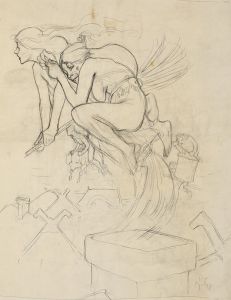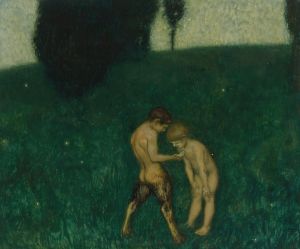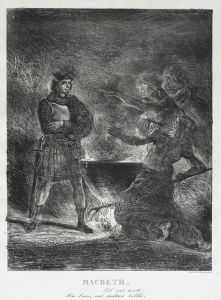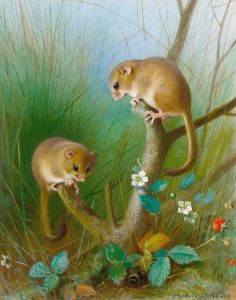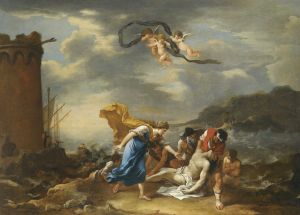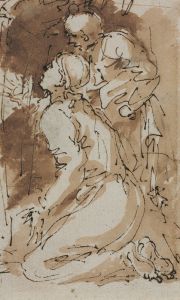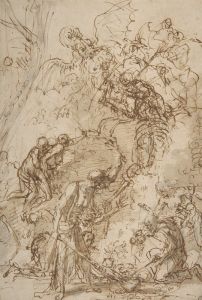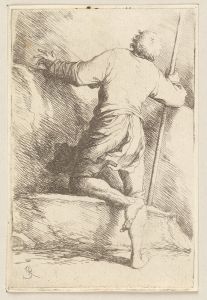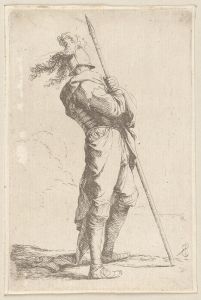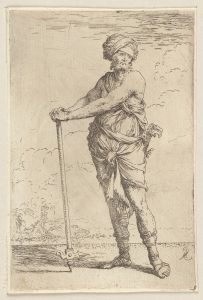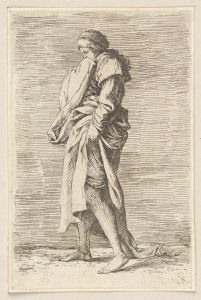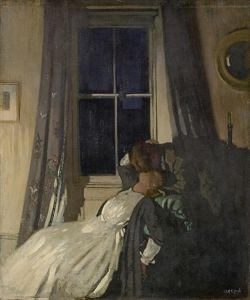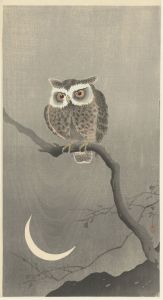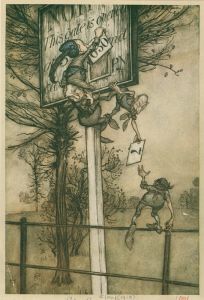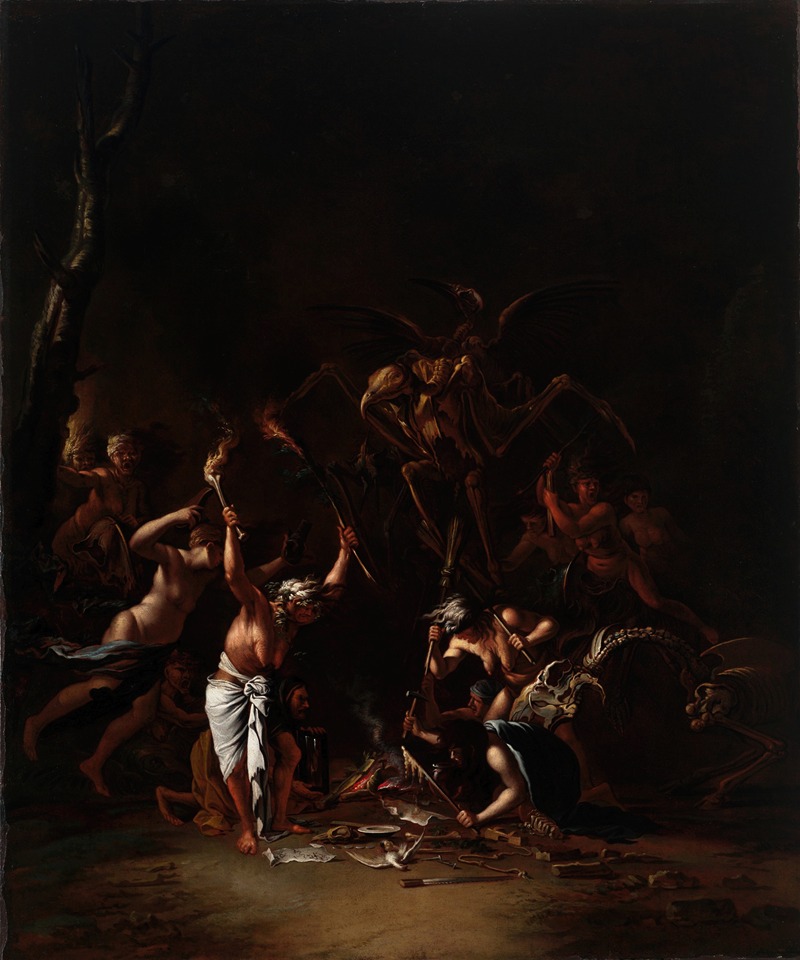
The Witches’ Sabbath
A hand-painted replica of Salvator Rosa’s masterpiece The Witches’ Sabbath, meticulously crafted by professional artists to capture the true essence of the original. Each piece is created with museum-quality canvas and rare mineral pigments, carefully painted by experienced artists with delicate brushstrokes and rich, layered colors to perfectly recreate the texture of the original artwork. Unlike machine-printed reproductions, this hand-painted version brings the painting to life, infused with the artist’s emotions and skill in every stroke. Whether for personal collection or home decoration, it instantly elevates the artistic atmosphere of any space.
Salvator Rosa's "The Witches' Sabbath" is a notable painting from the Baroque period, created by the Italian artist Salvator Rosa, who was active in the 17th century. Rosa was known for his diverse talents, including painting, poetry, and acting, and he often infused his works with dramatic and imaginative themes. "The Witches' Sabbath" is a prime example of his fascination with the supernatural and the macabre, subjects that were popular during the Baroque era.
The painting depicts a scene of witches gathered in a nocturnal setting, engaging in various rituals and activities associated with witchcraft. The composition is filled with dynamic figures and dramatic lighting, characteristic of Rosa's style, which often emphasized movement and emotion. The use of chiaroscuro, a technique that contrasts light and dark, enhances the eerie and mysterious atmosphere of the scene.
Rosa's interest in witchcraft and the supernatural was not uncommon for his time. The 17th century was a period when witch hunts and trials were prevalent in Europe, and the theme of witchcraft was explored in various art forms, including literature and visual arts. Artists like Rosa were drawn to these themes, as they allowed for the exploration of fear, the unknown, and the boundaries between reality and imagination.
"The Witches' Sabbath" reflects Rosa's skill in creating complex compositions that engage the viewer's imagination. The painting includes a variety of figures, each engaged in different activities, such as flying on broomsticks, preparing potions, or summoning spirits. These elements are depicted with a sense of movement and energy, drawing the viewer into the chaotic and otherworldly scene.
Salvator Rosa's work often contained elements of satire and social commentary, and "The Witches' Sabbath" can be interpreted as a critique of the irrational fears and superstitions that led to the persecution of alleged witches. By portraying the witches in a fantastical and exaggerated manner, Rosa may have been commenting on the absurdity of the witch hunts and the hysteria surrounding them.
The painting is also notable for its technical execution. Rosa's use of color, light, and shadow creates a vivid and immersive experience, while his attention to detail in the depiction of the figures and their expressions adds depth and complexity to the work. The painting's composition, with its swirling forms and dramatic contrasts, exemplifies the Baroque style's emphasis on movement and emotion.
Today, "The Witches' Sabbath" is recognized as an important work in the history of art, reflecting both the artistic trends of the Baroque period and the cultural context of 17th-century Europe. It remains a fascinating example of Salvator Rosa's ability to blend technical skill with imaginative storytelling, capturing the viewer's attention and inviting them to explore the mysterious world he has created.





